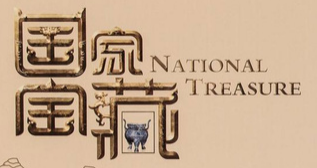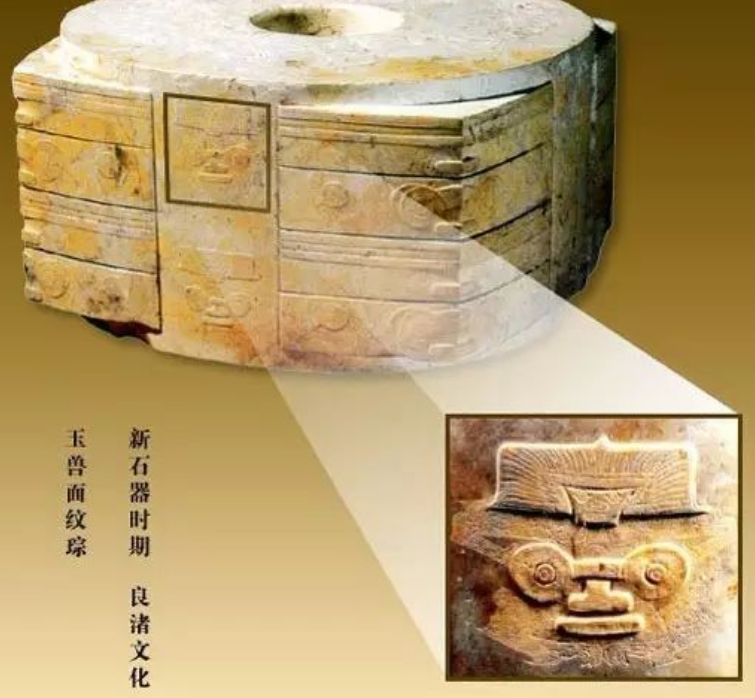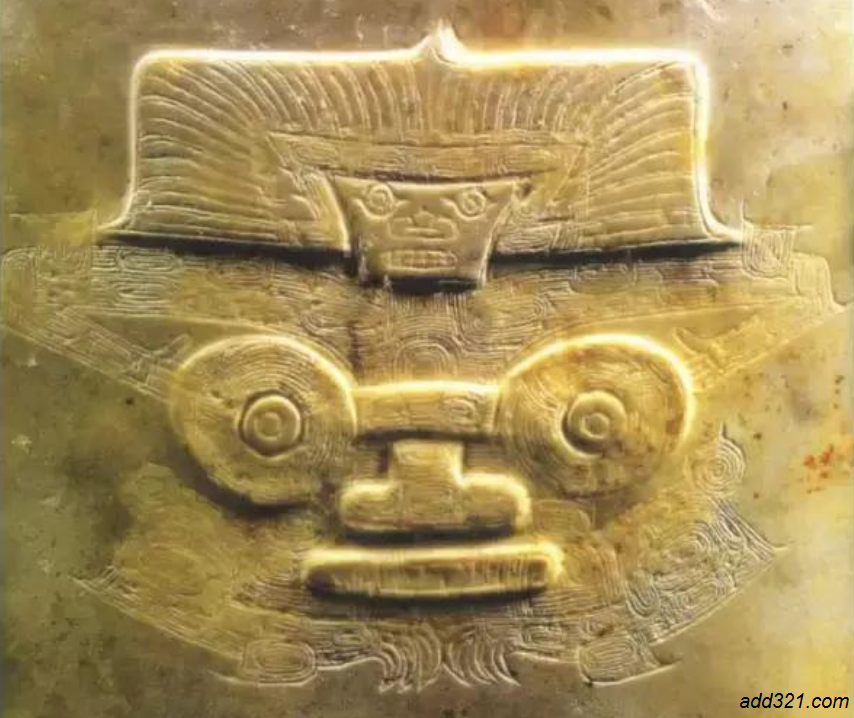

 |
![]()

玉琮
浙江省文物考古研究所
Jade artifact
Zhejiang province museum

Jade Width: 17.6cm
Jade Weight: 6.5kg
Jade Circa 3,300 - 2,300 B.C
Jade Excavated in Zhejing province in 1986.
It was found to be both of the largest and earliest jade artifact until present day.

The Liangzhu ruins were discovered in 2007. Archaeologists also found that the residents of Liangzhu had started using Chinese characters 5,000 years ago, which pushes the use of characters back another 1,000 years from the previously confirmed 4,000 years of history.
The ruins remain largely intact and confirm the level of agricultural accomplishments along the Yangtze River dating back to 5,000 years ago, providing significant evidence of the Chinese civilization for that time. The ruins can also fill a gap on the World Heritage List of archaeological sites from the Neolithic Period in Central and East Asia.

It has been believed that the jade was for articles of personal adornment.
Sophisticated jade and lapidary production techniques had already been mastered by the Neolithic era, and the love of jade, which some anthropologists consider a defining characteristic of Chinese culture, has endured until the present day.
Earliest jades came in the form of ritual implements (such as bi discs and cong tubes), articles of personal adornment, small carvings, and various types of blades. The latter were used as weapons in Neolithic times because jade is a very hard stone, but likely served more as badges of office and emblems of rank.

“玉琮王”
反山遗址中出土的琮,重见天日之前,它在墓主人的左肩上方蛰伏了4000多年。它重约6500克,不仅体重惊人,而且纹饰繁缛华丽,相貌非常抢眼,所以得名“玉琮王”。
The ruins of the ancient city of Liangzhu, dating back to 3,300 - 2,300 BC, is located in Hangzhou, east China's Zhejiang Province. It indicates that there was once a civilization in the lower parts of the Yangtze River that was based on an economy of growing rice and had clear social distinctions.

良渚玉琮呈内圆外方而中带圆孔的方柱体,以造型奇特、寓意深奥而著称,是良渚玉器中体积最大、制作最为精致的一个种类。
琮体常等距分为节,每节四角雕刻有或繁或简的由兽和神人组成的神人面像。琮可能是与图腾崇拜有关的某种物体的转化物,是寓宗教、祭祀于一体贯通天地的法器。
In addition, a hydraulic system was found around the ruins. The waterway system was comprised of eleven dams and formed a water storage area of 12.4 square kilometers. According to International Business Times, the project was one of the ancient world's largest water engineering projects, and it has been confirmed that the water system along the Yangtze River Delta dates back 5,100 years, making it the oldest project in the world.
The hydraulic system can supply water from the Yangtze River to the city's inhabitants and for agricultural use. The discovery of the waterway system indicates that an ancient civilization in the lower part of Yangtze River is indeed a truth.

考古学家告诉我们,它主要分布在太湖流域和长江三角洲地区,更为明确一些就是在今天太湖水系的东苕溪的上游,在杭州这个C形盆地、大约42平方公里的范围。它的下游是钱塘江,东边是京杭大运河。这是一个在距今5300年到4300年的时段真实存在过的文明。
[China Plus Published: 2018-01-26]
[China Daily 2018-01-30]
[christies.com MARCH 7, 2016]
With more than 500 sites excavated to date, the primitive culture has been found to have played an important role in shaping ancient Chinese civilization.
